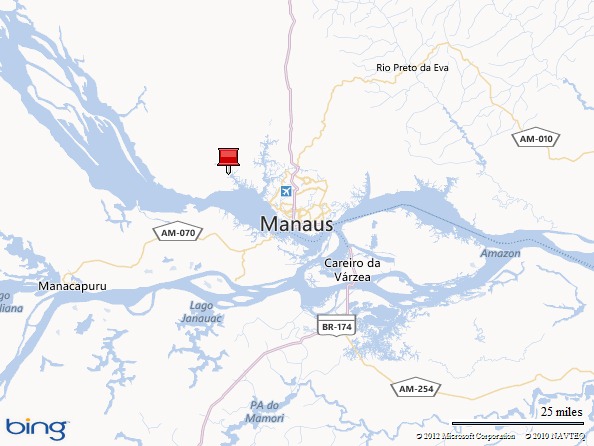This is the fourth article in a series about the Amazon region of Brazil featured in my illustrated picture book, Alexander the Salamander. This one is about the Amazon Ecopark. Previous posts highlighted the Amazon River, the city of Manaus, Brazil and piranhas, a well-known fish native to the Amazon. Upcoming articles will focus on its rainforest, indigenous groups, and wildlife. Enjoy these travelogues with photos and stories from one of the world’s mightiest rivers.
An hour-long boat ride upriver from Manaus brought us to the Amazon Ecopark Jungle Lodge, an eco-resort on the Tarumã River, a tributary of the Amazon that flows into one of the main branches of the Rio Negro.
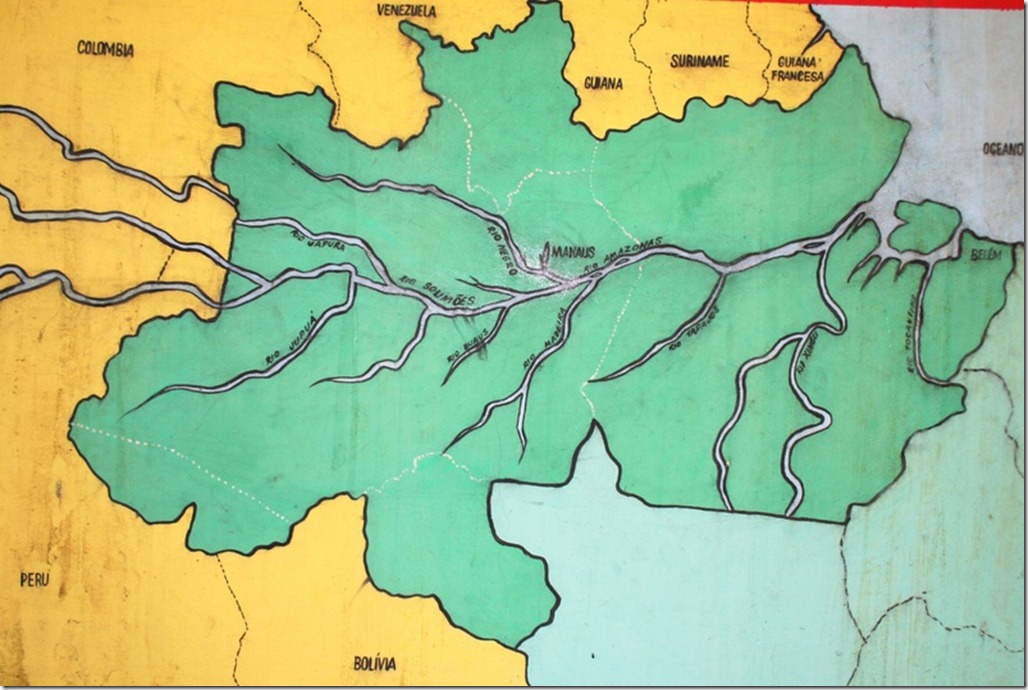
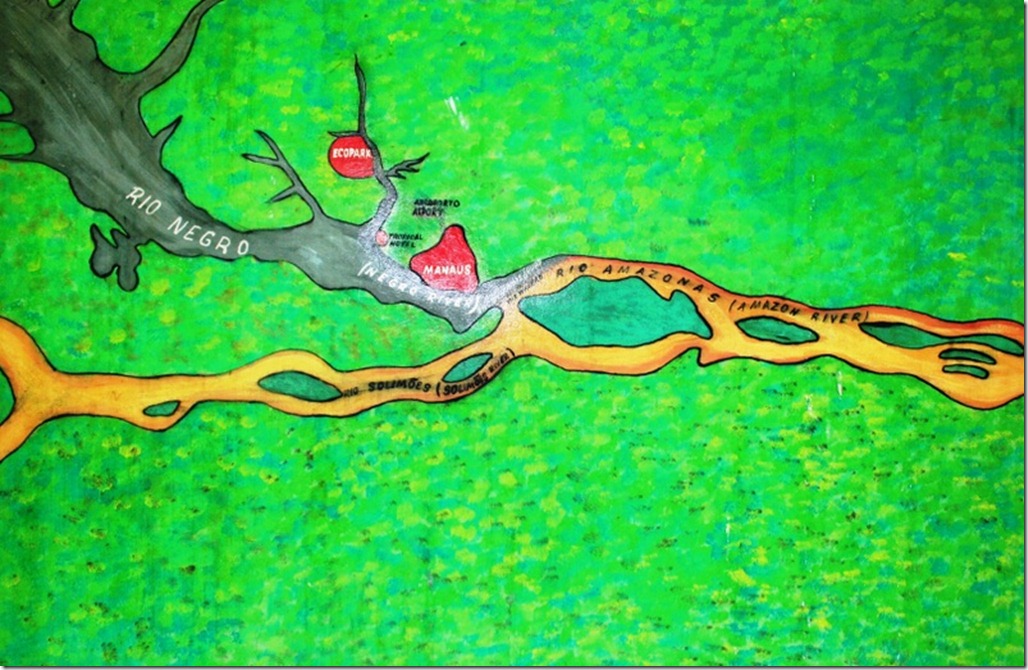
Nestled in a quiet cove, the lodge was our home for five days in July 2008. When we arrived, I thought we had been stranded on Gilligan’s Island until we saw the carved wooden sign near the dock confirming that we were in the right place.
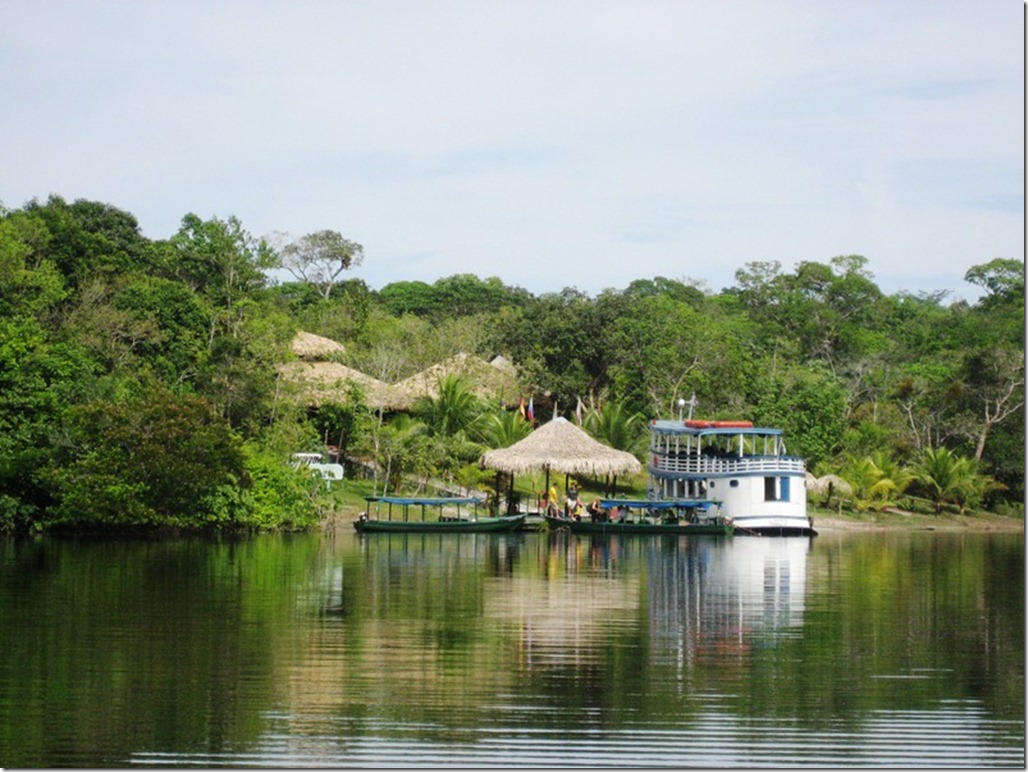
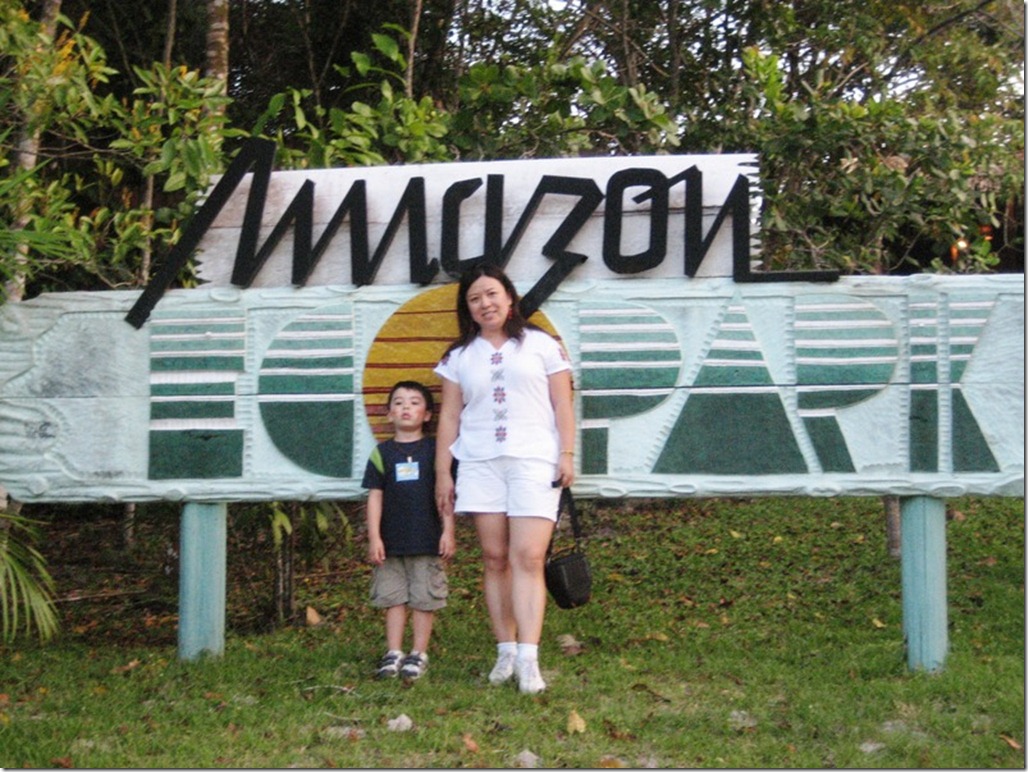
The site was only accessible by water, and I felt like we were being marooned in the jungle until a boat took us back to civilization.
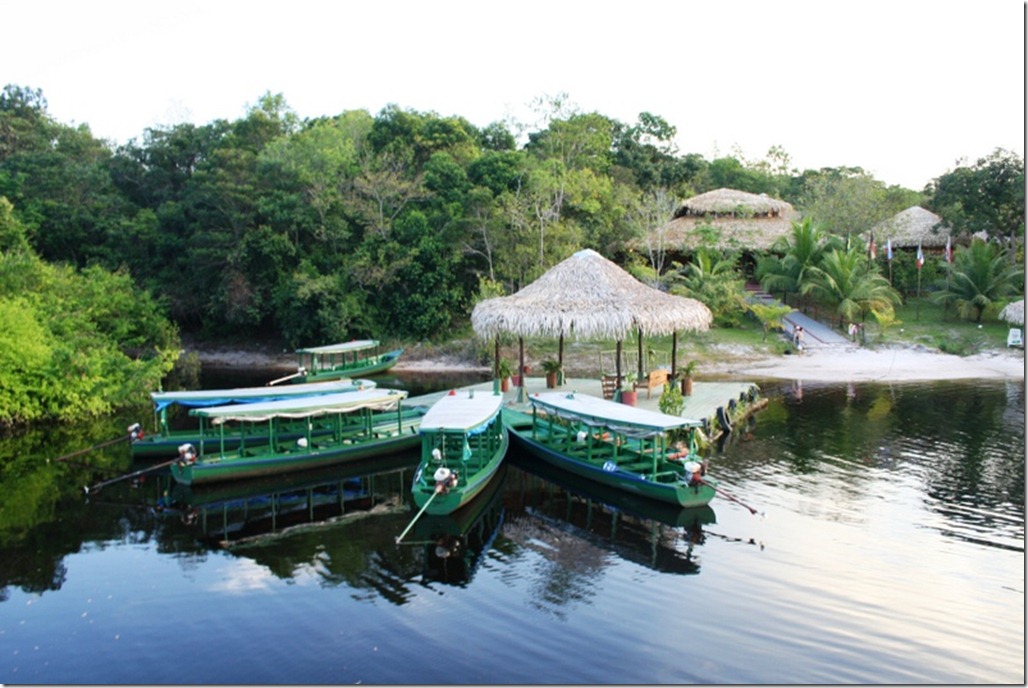
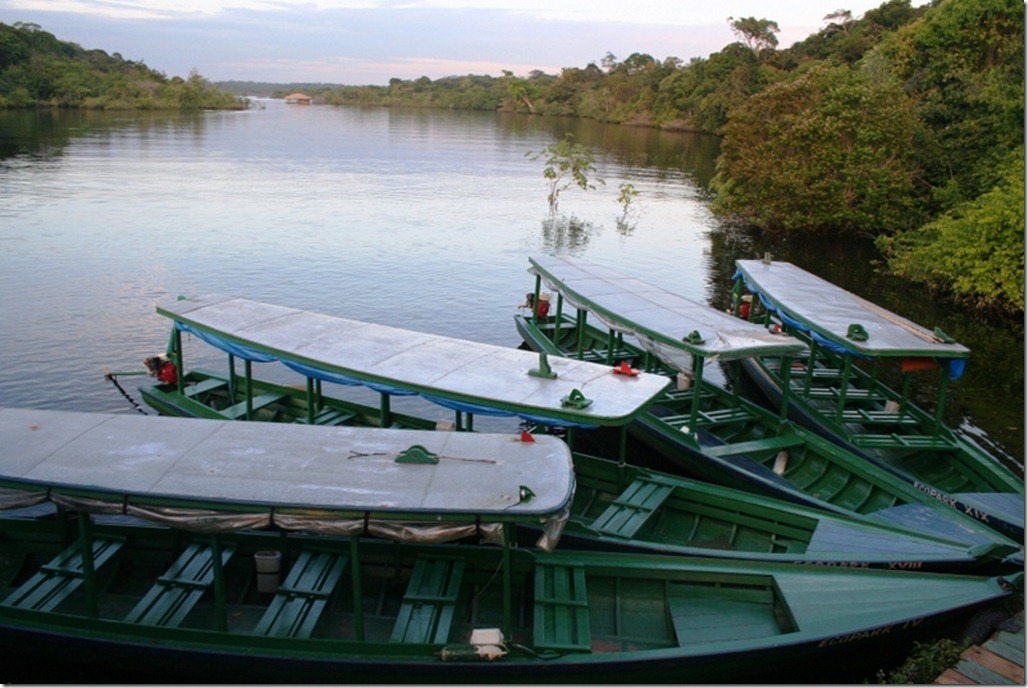
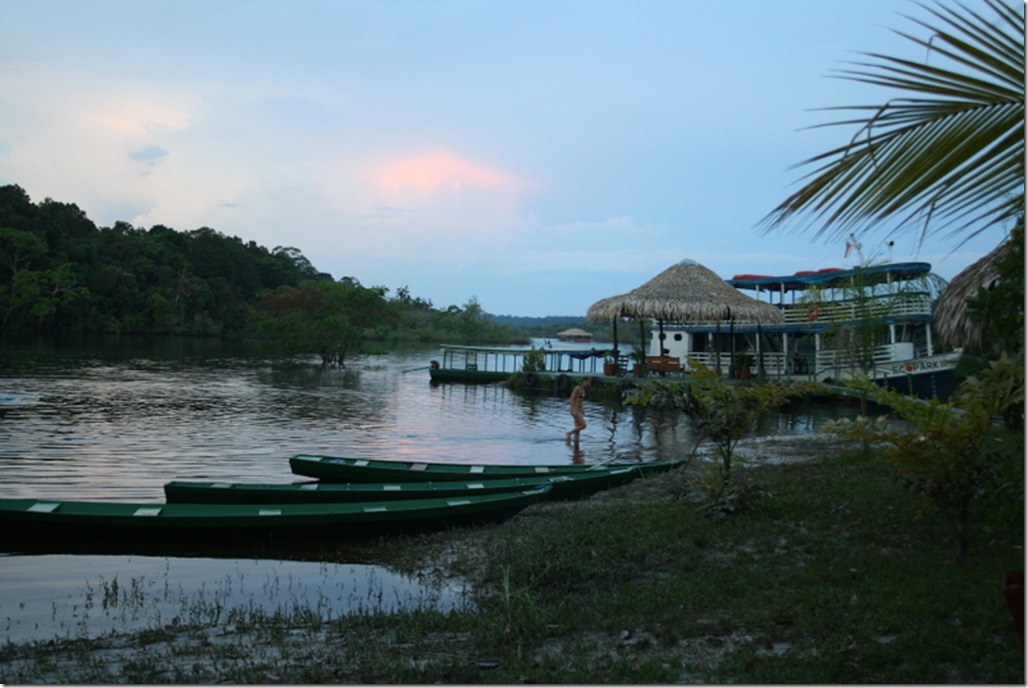
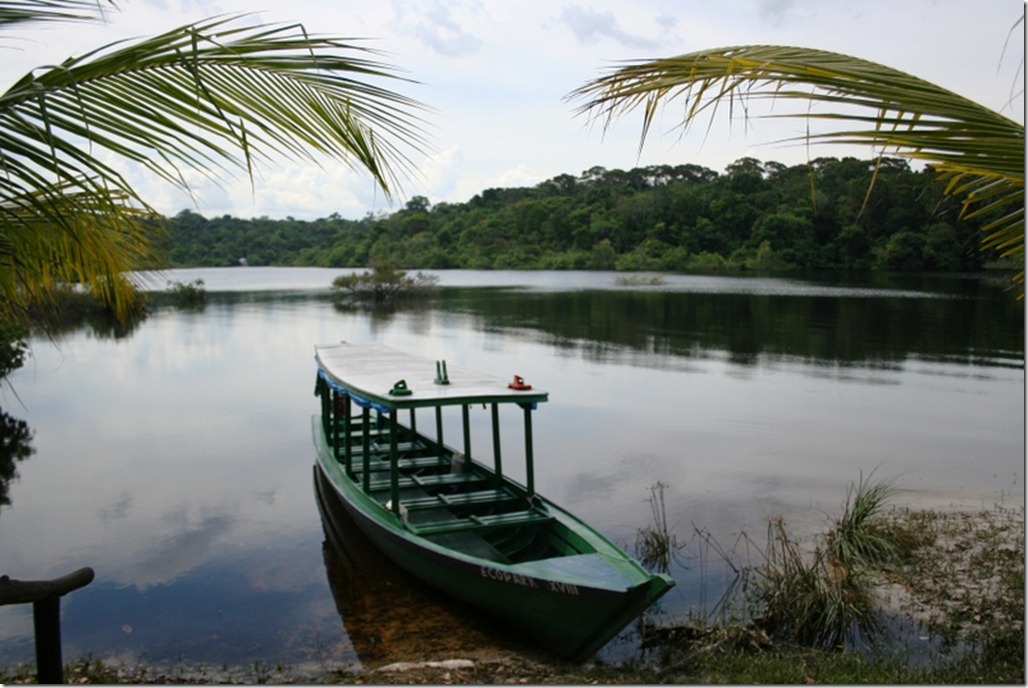
The Ecopark offered plenty to see and do in the small area where we were permitted to wander without a guide (not that I had any desire to get lost in the jungle, mind you). We could walk on the beach, enjoy the view, or swim in the cove – an opportunity that my family reluctantly avoided. Other visitors were brave enough to take a dip, but we weren’t about to swim with the caimans, piranhas or needlefish. Instead, we walked around the lodge and snapped photos.
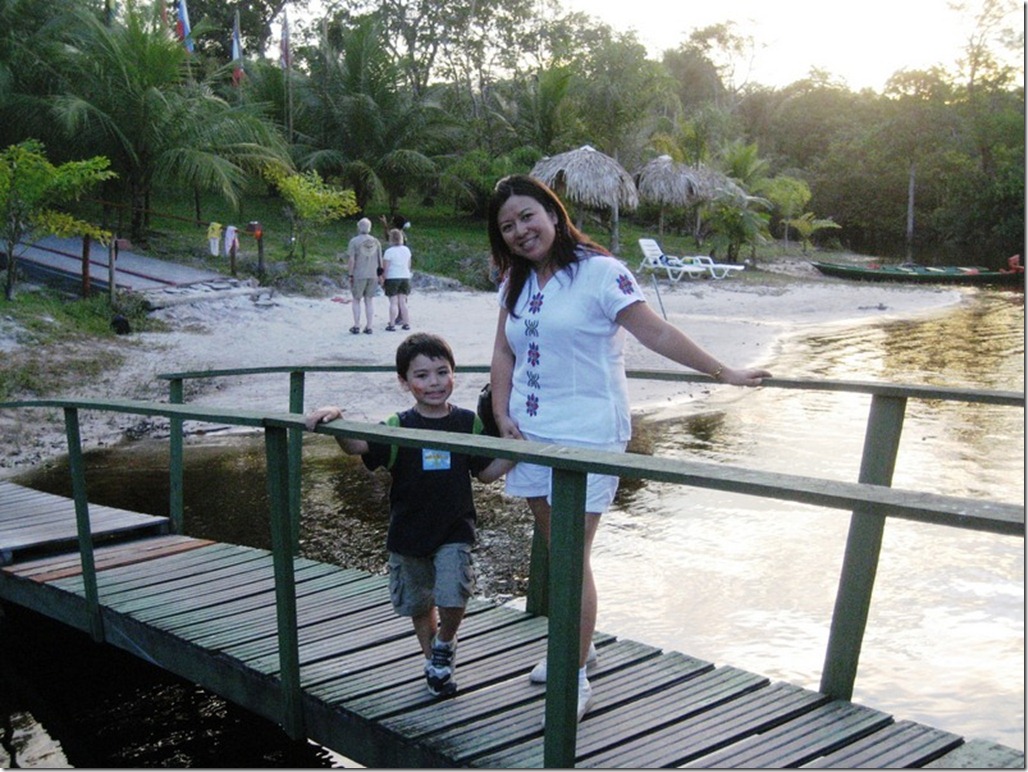
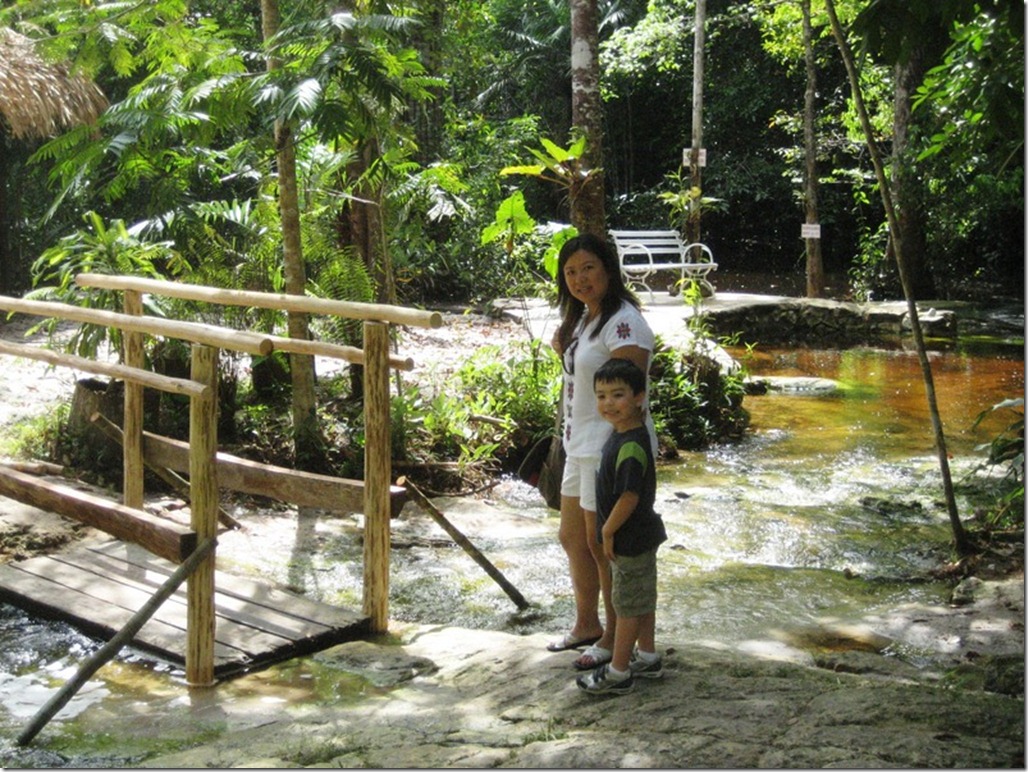
The beautiful scenery whispered “Amazon,” coaxing me to tell its story and inspiring me to write Alexander the Salamander. The still pool of water from a small stream made an idyllic backdrop for the creatures featured in the book.
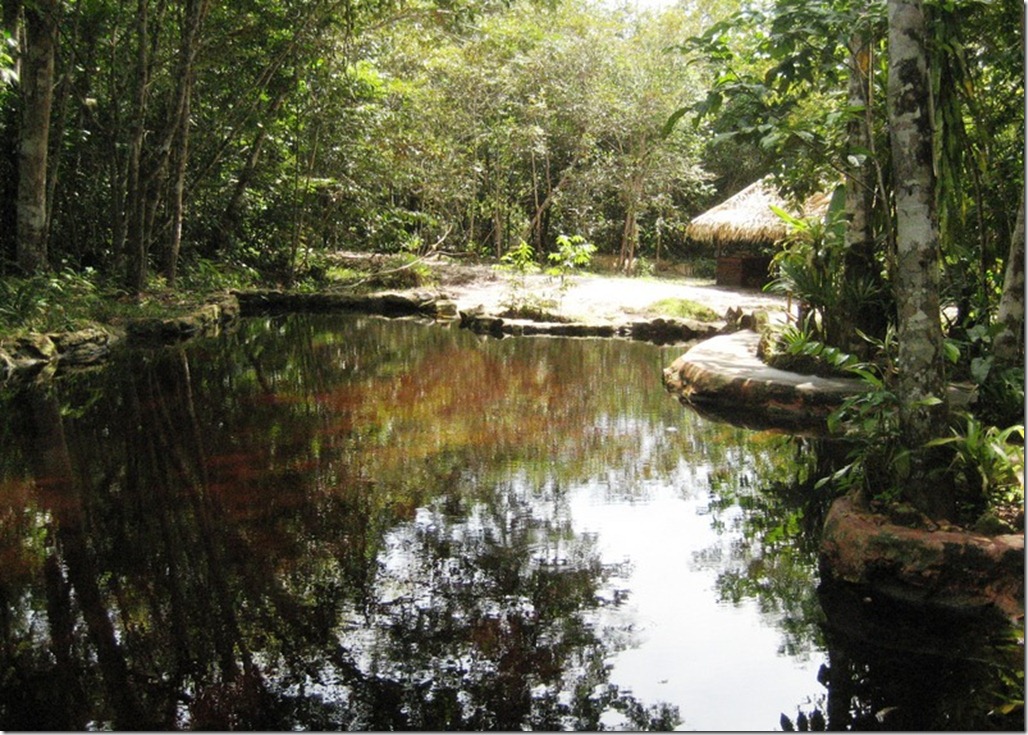
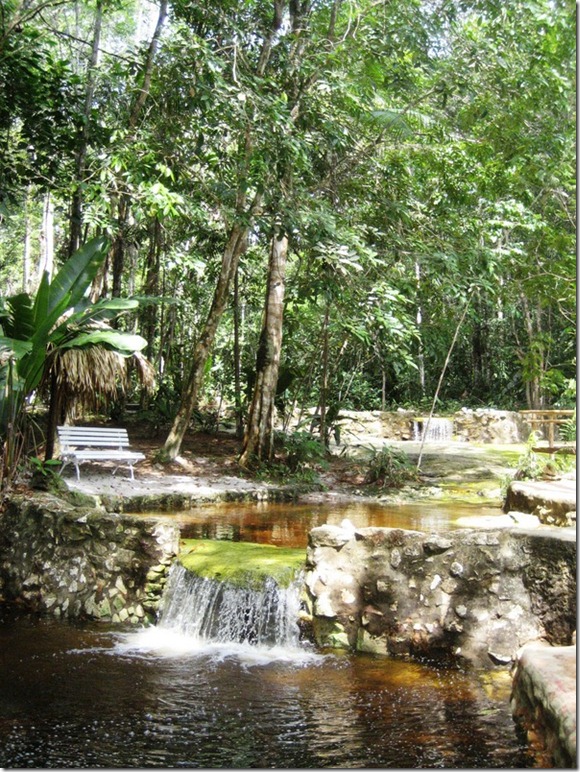
Unplugged with no Internet or phone access that would have made ardent tech addicts stir crazy, the lodge made up for it with leisure activities. My son and I enjoyed many a game of pool and chess. While he had some trouble getting the pool stick to connect with the cue ball, the little chess whiz beat his dad over and over.
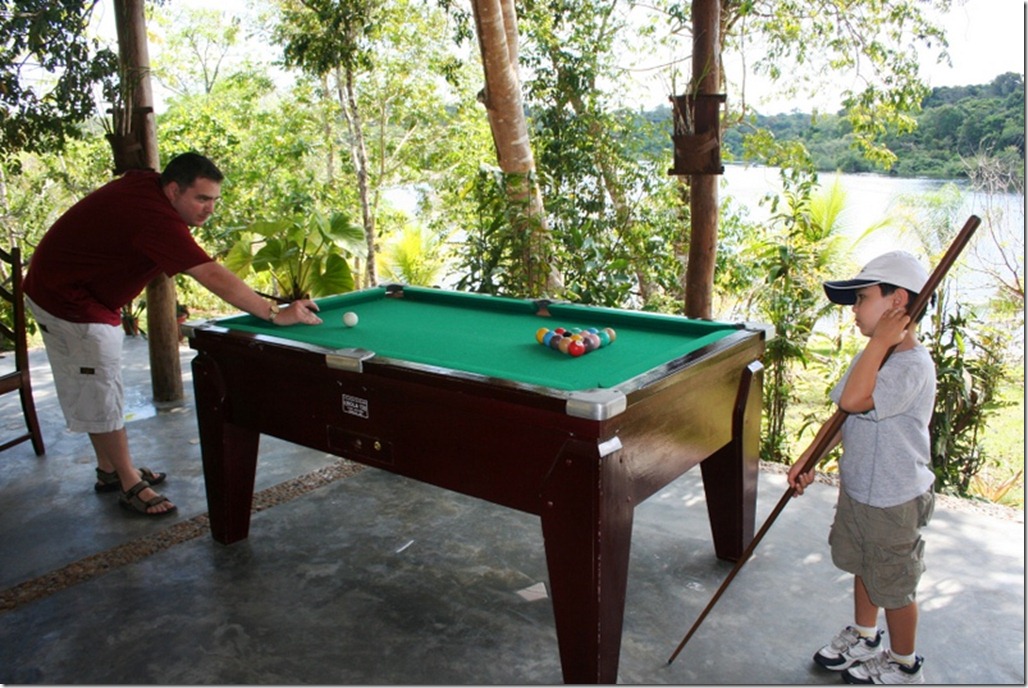
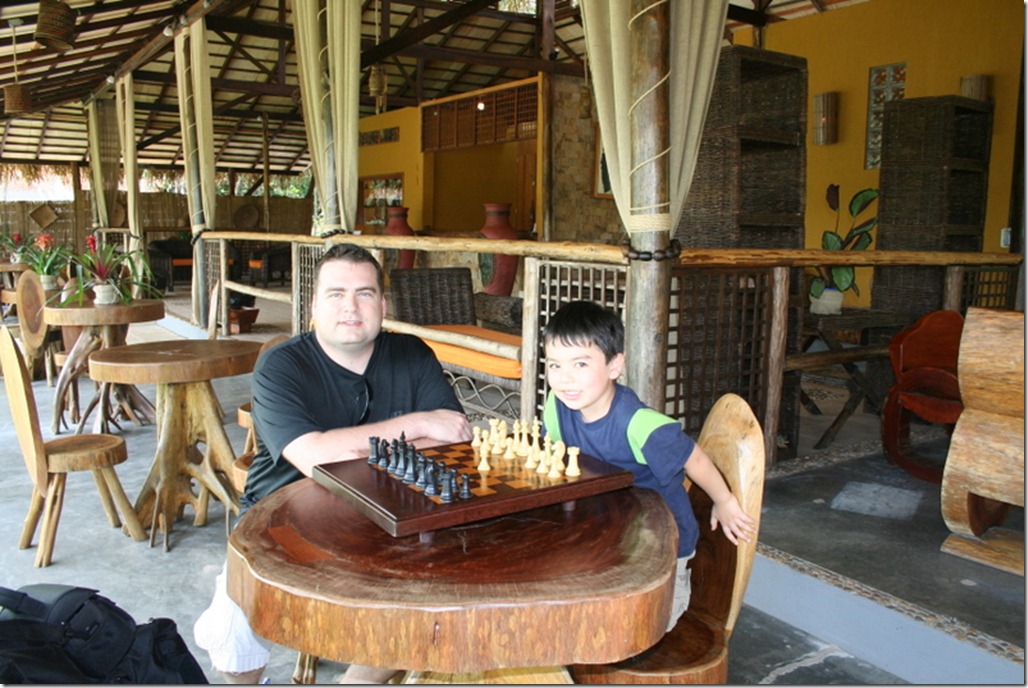
Once in a while, dad got the upper hand.

The Ecopark offered several off-site excursions to introduce visitors to the Amazon, including boat cruises to an indigenous village and the Meeting of the Waters at the confluence of the Rio Negro and Rio Solimões; rainforest hikes; visits to a monkey sanctuary; piranha fishing; and nighttime animal spotting. During a moonlight cruise, our guide suddenly sprang from the boat onto the shore and caught a small caiman that he showed us and later released. I marveled how he found saw glint in the creature’s eyes in near darkness.
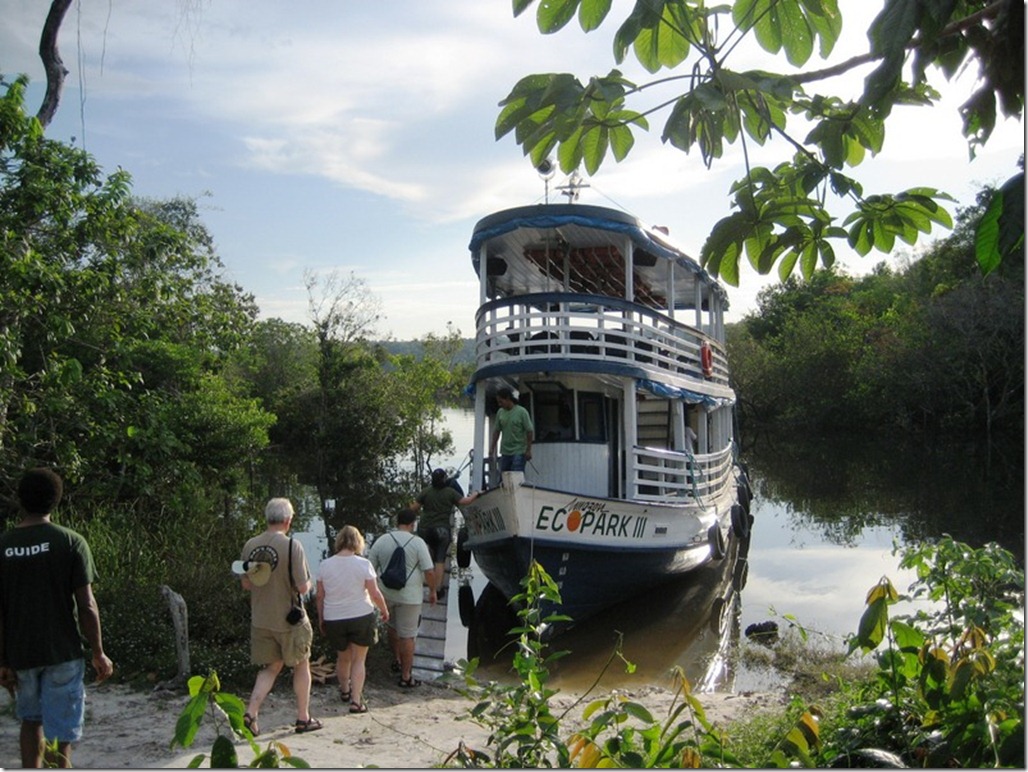
Before and after a long day of touring, we retreated to the dining hall for dinner or to the lounge for drinks. I still remember the caipirinhas I enjoyed on the veranda overlooking the cove as my wife sipped on margaritas and tropical juices. My son enjoyed the juices but liked playing with the tiny cocktail parasols even more.
Local residents occasionally popped by for a visit. A large lizard searching for dinner crossed our path. We steered clear of a parrot and macaw that hung around the bar. While they were the inspirations for the characters Polly and Molly in Alexander the Salamander, these one were quite aggressive. Molly the Macaw was downright ornery, shooing away visitors wherever she landed.
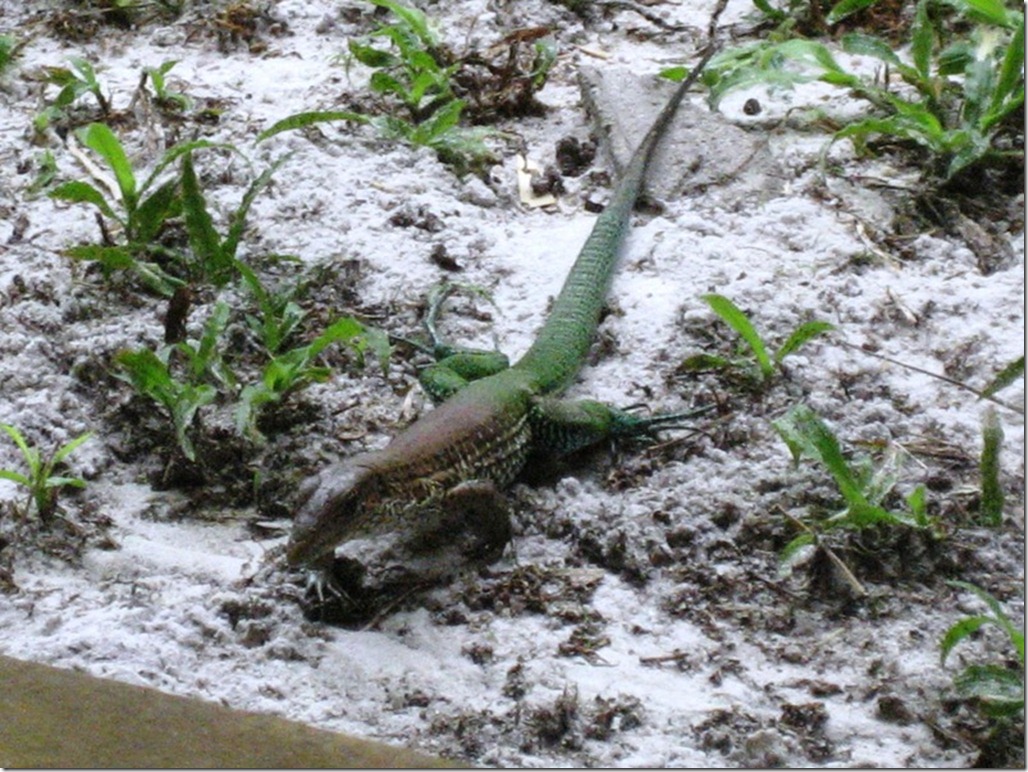
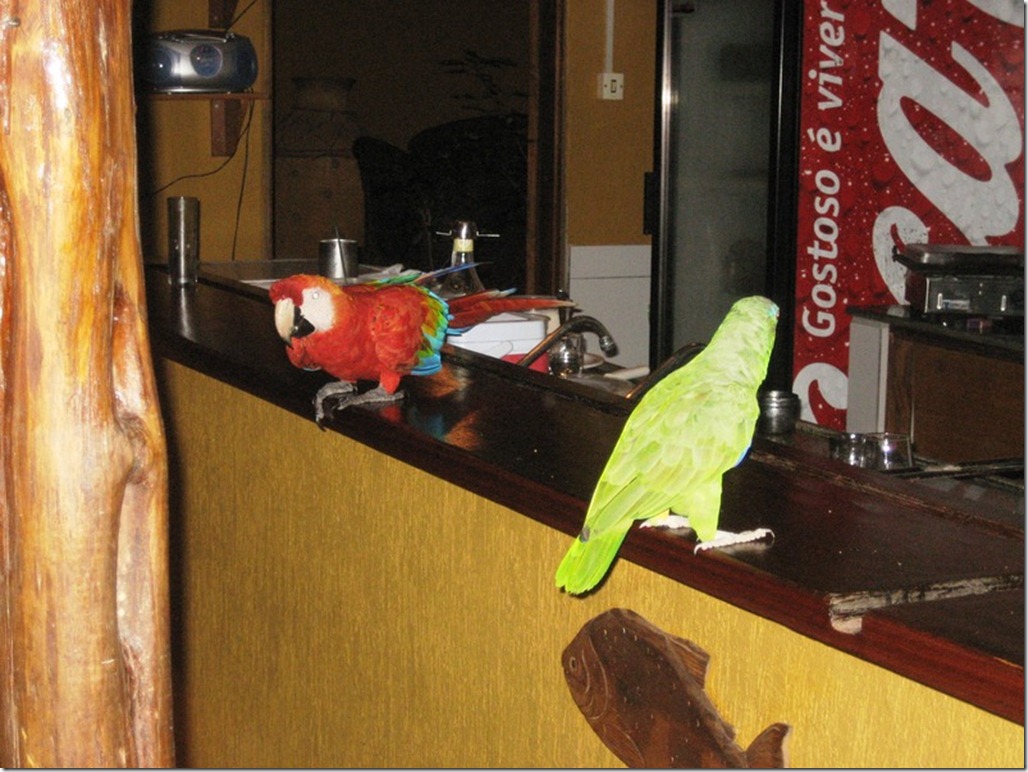
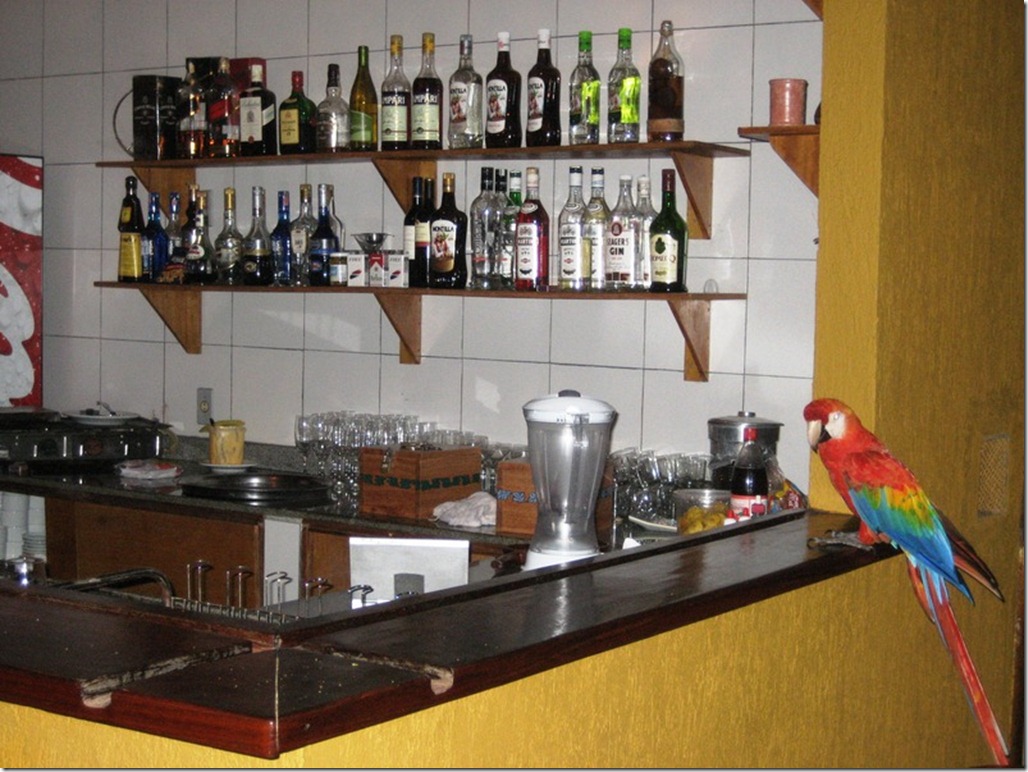
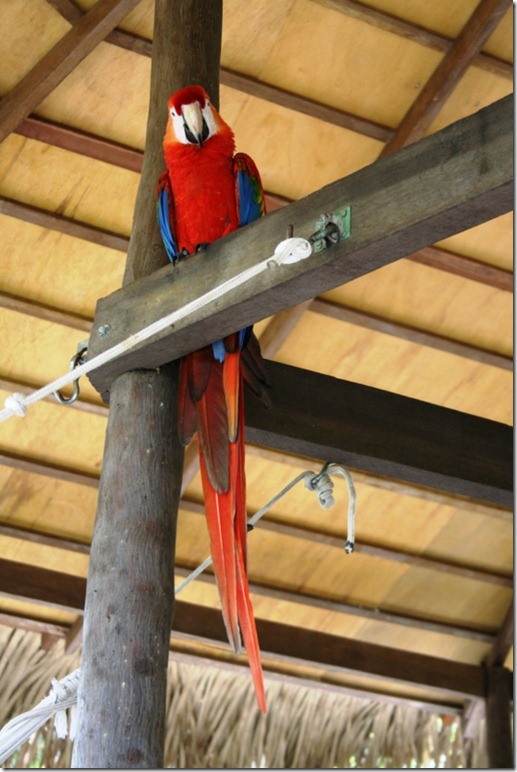
The Amazon Ecopark Jungle Lodge is just one of many resorts along the Amazon’s many tributaries. Other resorts offer similar amenities. We enjoyed its ambiance, activities, price, and close proximity to Manaus. We were grateful that was located on the mosquito-free Rio Negro, where the high acidity from decaying vegetation and low oxygen content prevents mosquitos from breeding. Although we contended with our fair share of spiders, ants and other jungle critters, the bloodsuckers left us alone.
 About Alexander the Salamander
About Alexander the Salamander
A young salamander named Alexander living in the Amazon River Basin joins his friends Airey the Butterfly and Terry the Tarantula for an unforgettable jungle adventure. Come along with Alexander and friends as they meet birds, monkeys, and other creatures, enjoy the beauty of the rainforest, and face danger along the way.
The first book in the World Adventurers for Kids Series, Alexander the Salamander is an illustrated story inspired by the authors’ visit to the Amazon in 2008. Fun for kids and adults alike, the story teaches children the importance of listening to teachers and other authority figures.
More About Brazil
Click on the icon below for more articles about Brazil

 M.G. Edwards is a writer of books and stories in the mystery, thriller and science fiction-fantasy genres. He also writes travel adventures. He is author of Kilimanjaro: One Man’s Quest to Go Over the Hill, a non-fiction account of his attempt to summit Mount Kilimanjaro, Africa’s highest mountain and a collection of short stories called Real Dreams: Thirty Years of Short Stories. His books are available as an e-book and in print on Amazon.com and other booksellers. He lives in Bangkok, Thailand with his wife Jing and son Alex.
M.G. Edwards is a writer of books and stories in the mystery, thriller and science fiction-fantasy genres. He also writes travel adventures. He is author of Kilimanjaro: One Man’s Quest to Go Over the Hill, a non-fiction account of his attempt to summit Mount Kilimanjaro, Africa’s highest mountain and a collection of short stories called Real Dreams: Thirty Years of Short Stories. His books are available as an e-book and in print on Amazon.com and other booksellers. He lives in Bangkok, Thailand with his wife Jing and son Alex.
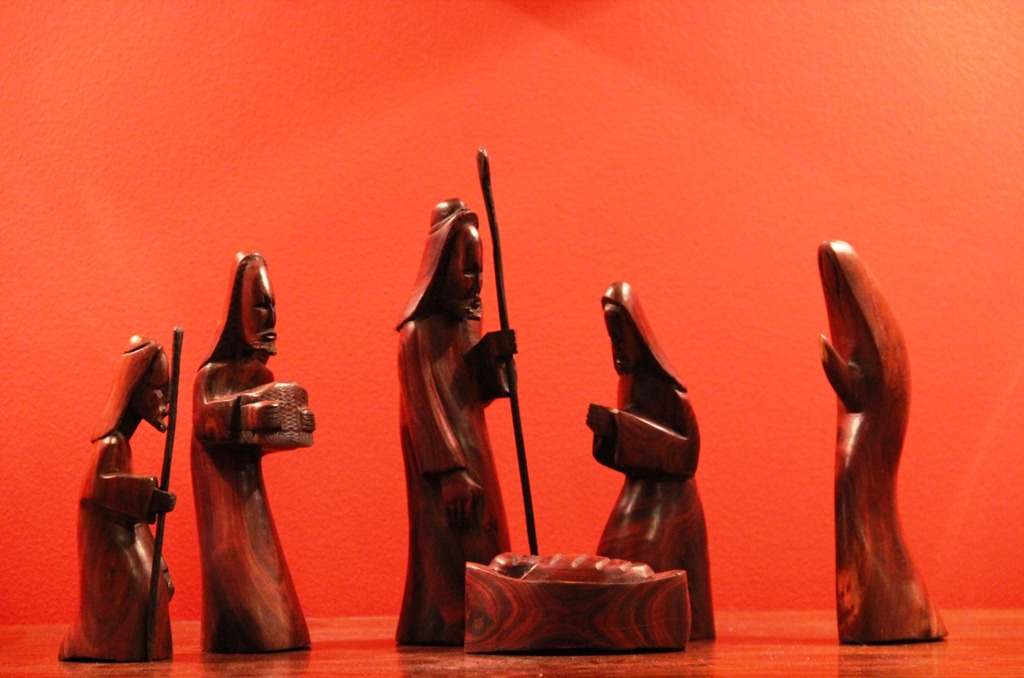
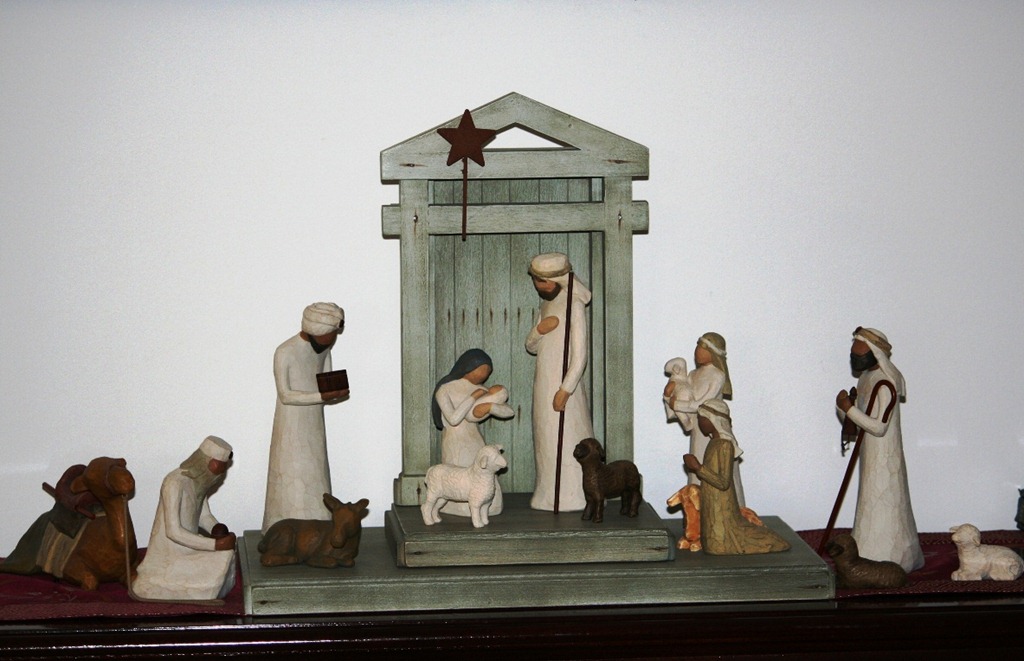
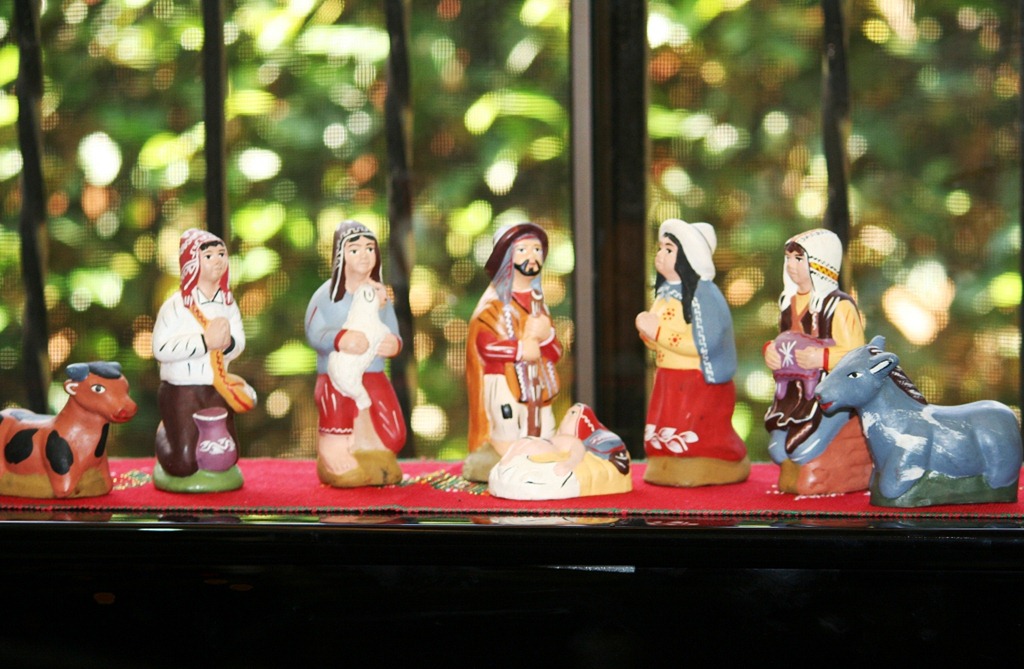
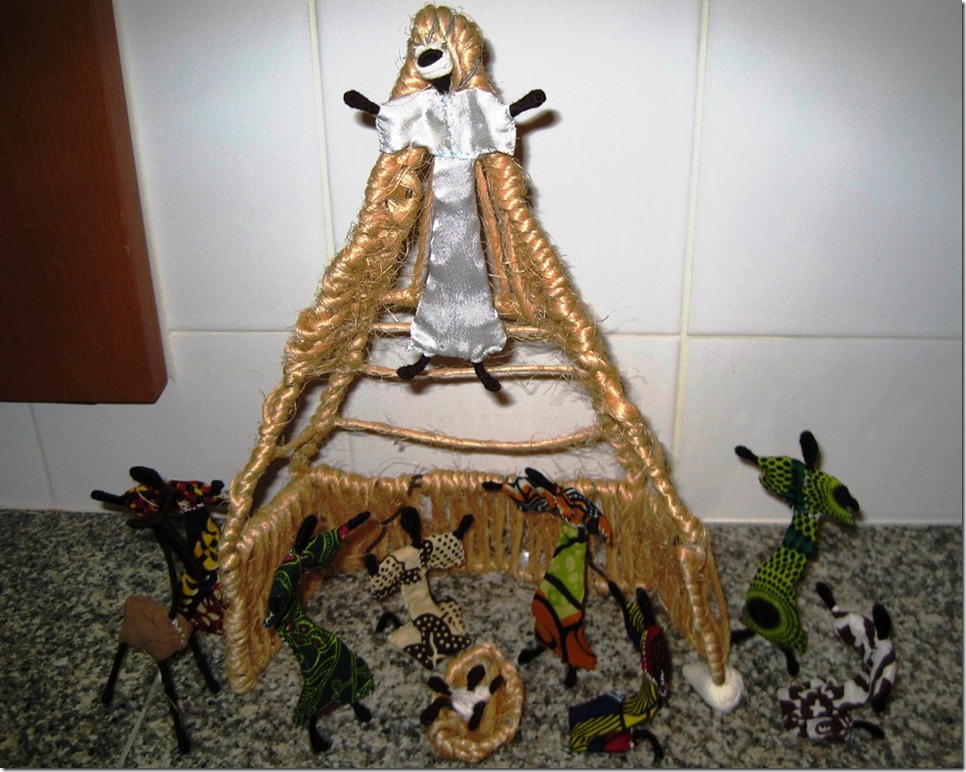
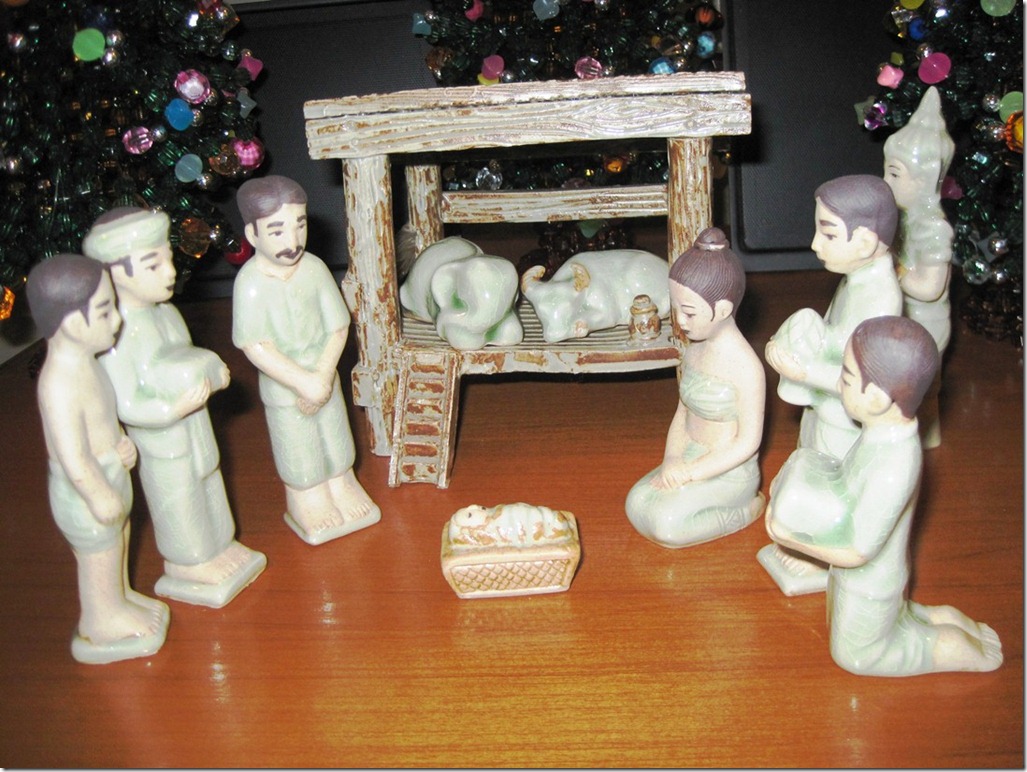
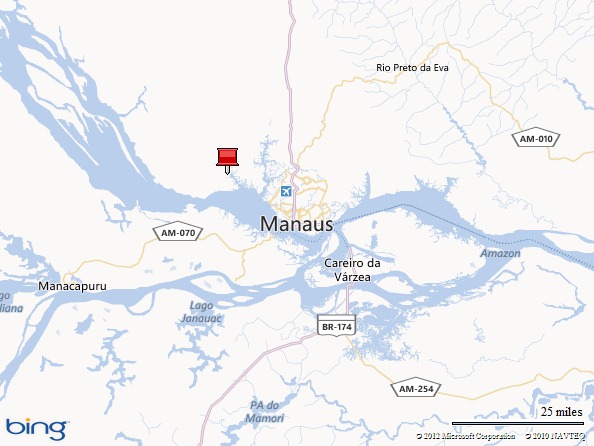
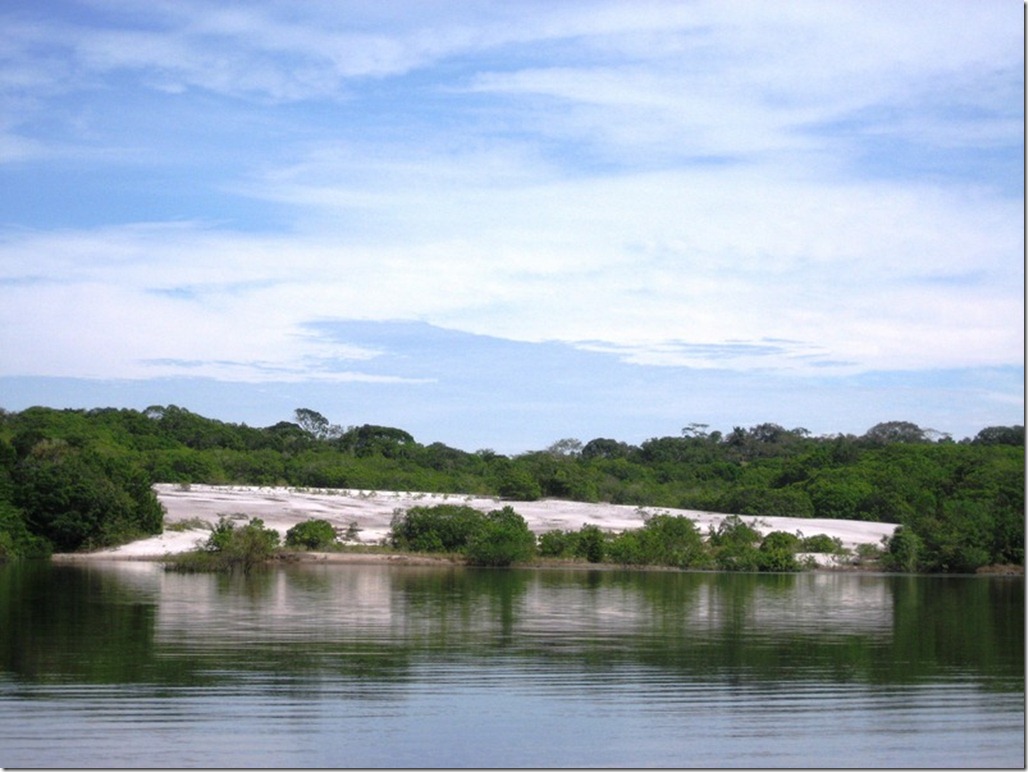
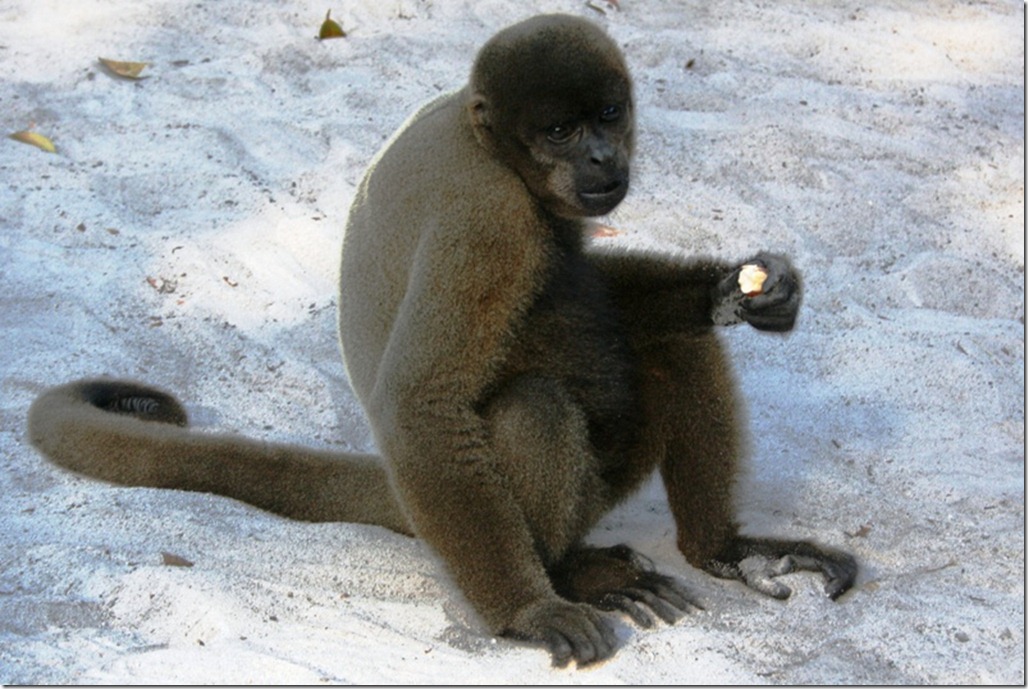
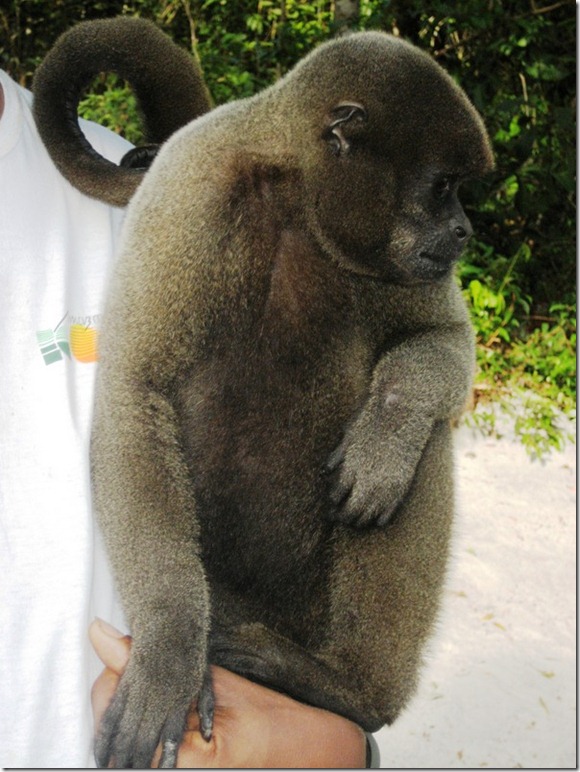
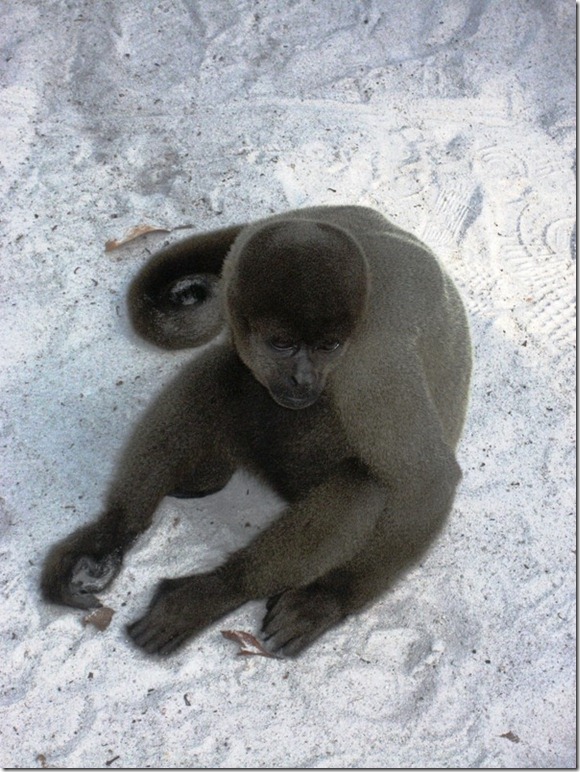
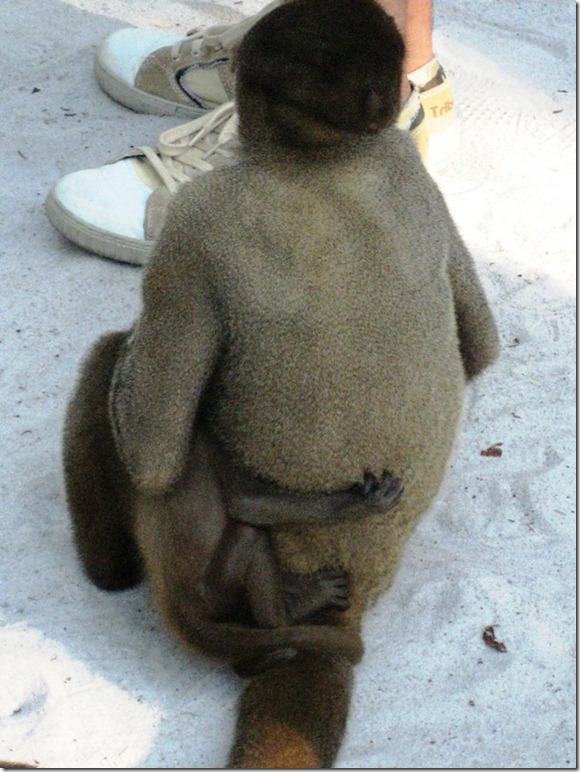
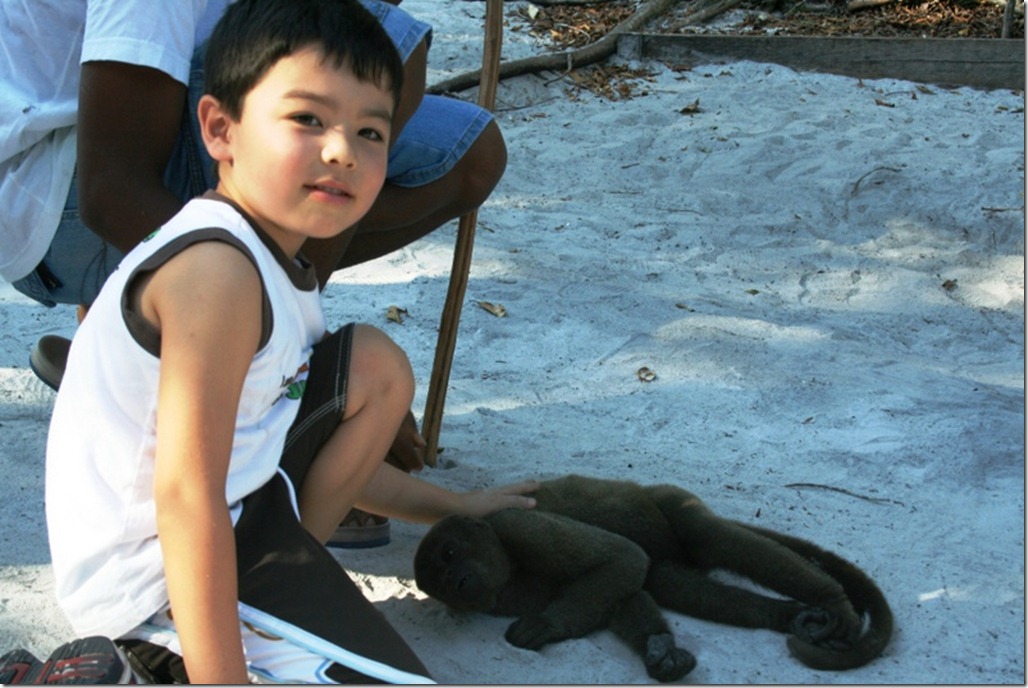
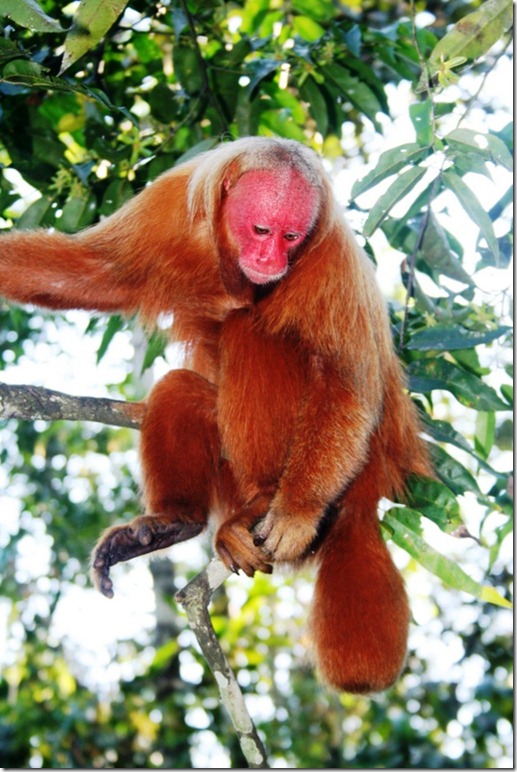
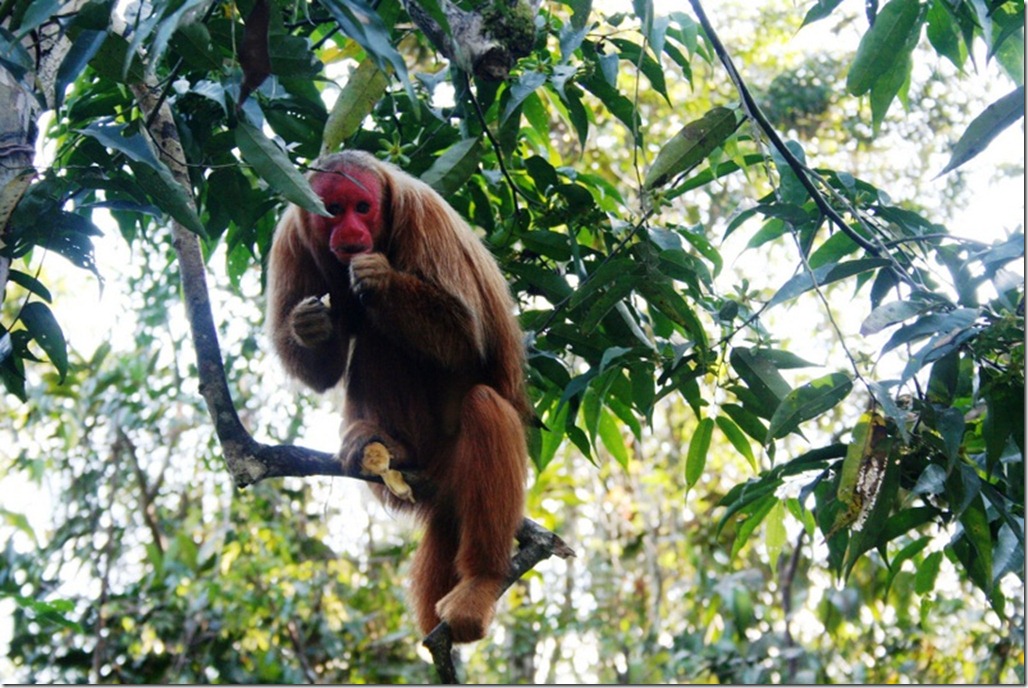
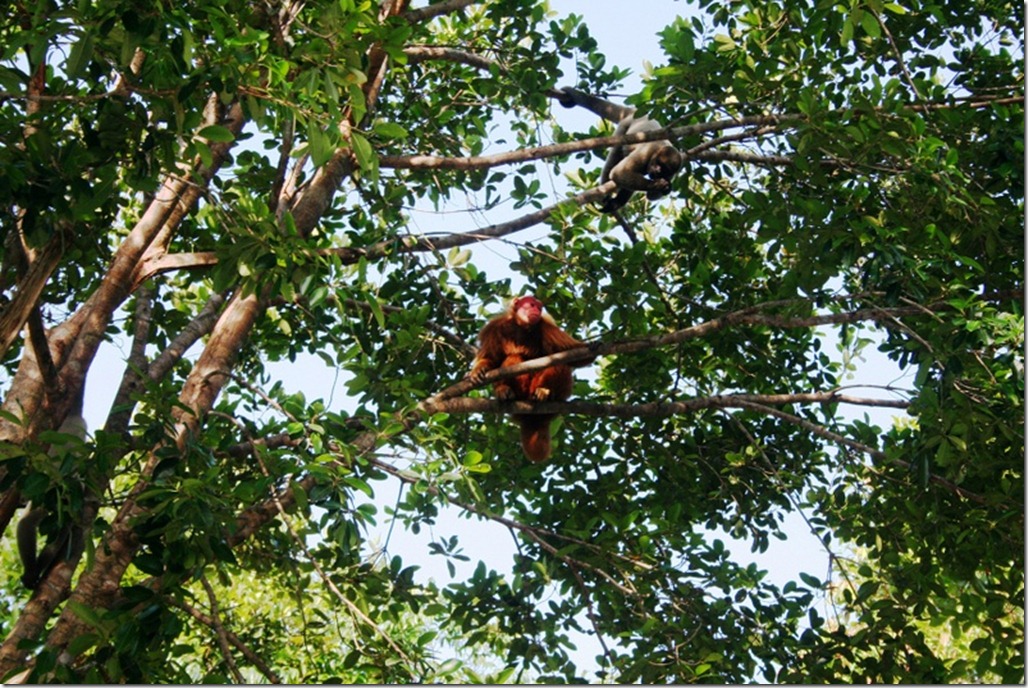
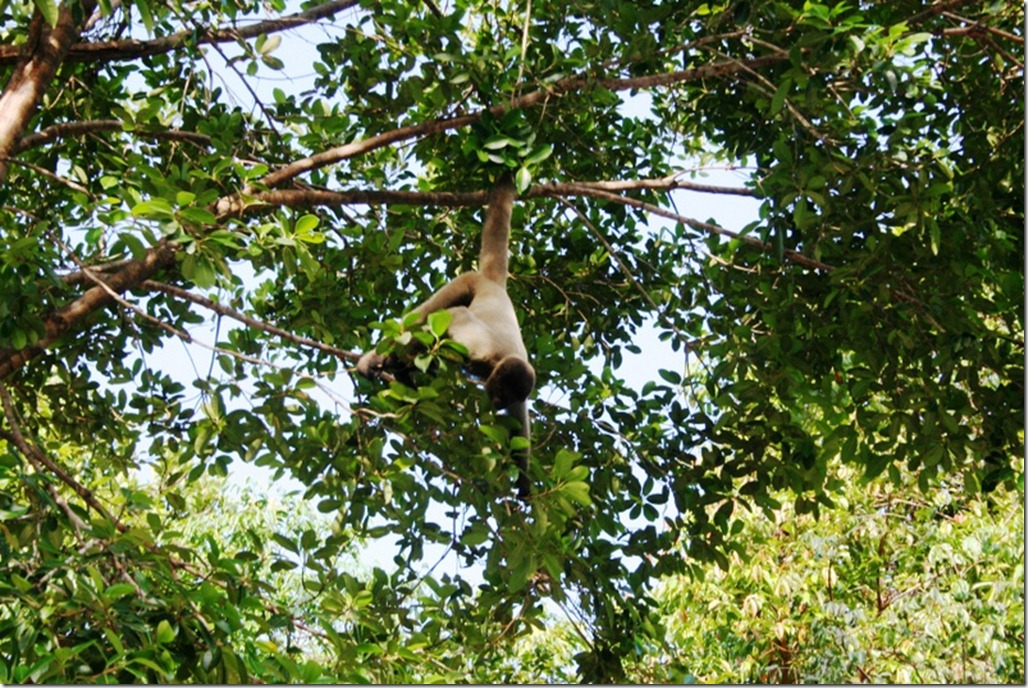
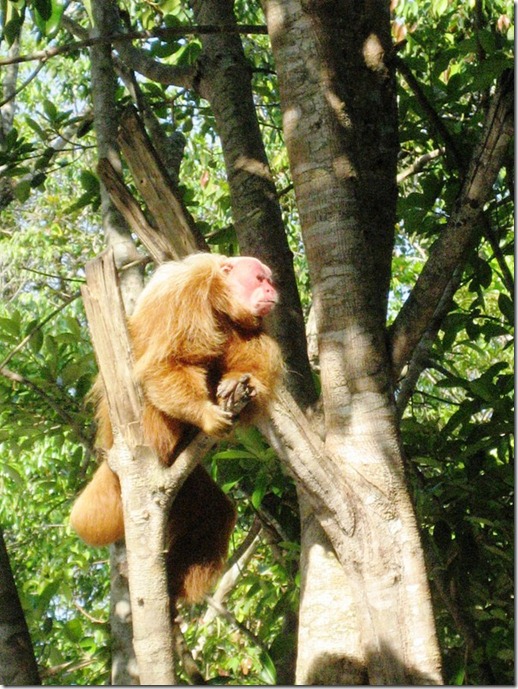
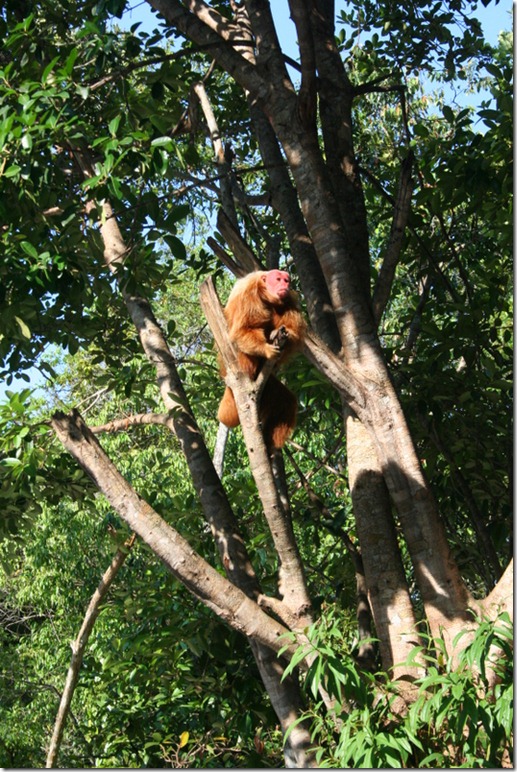
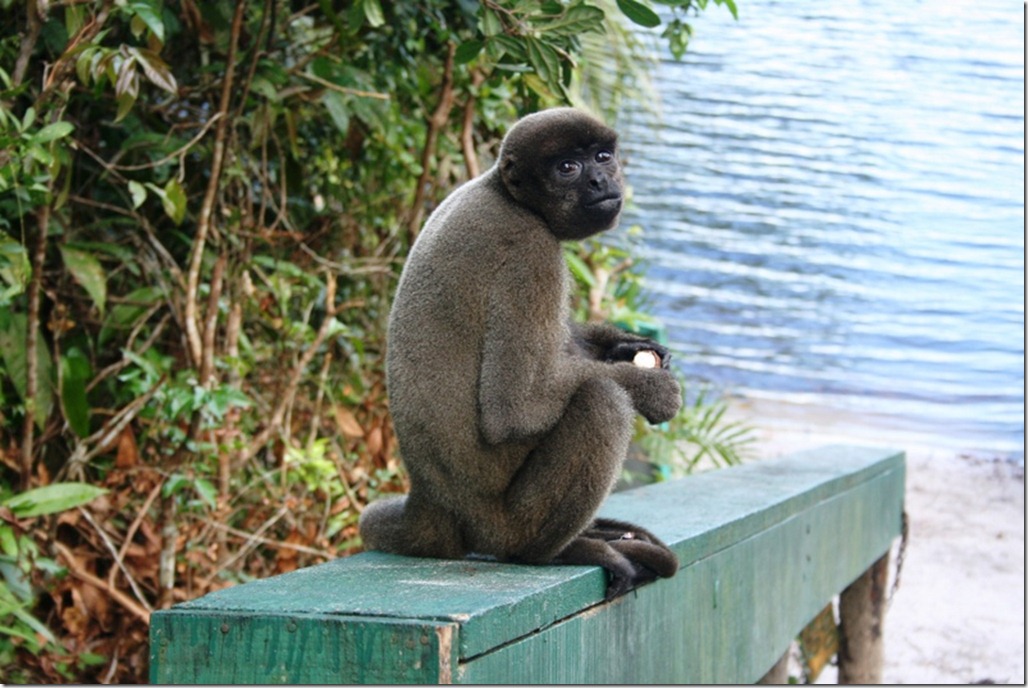
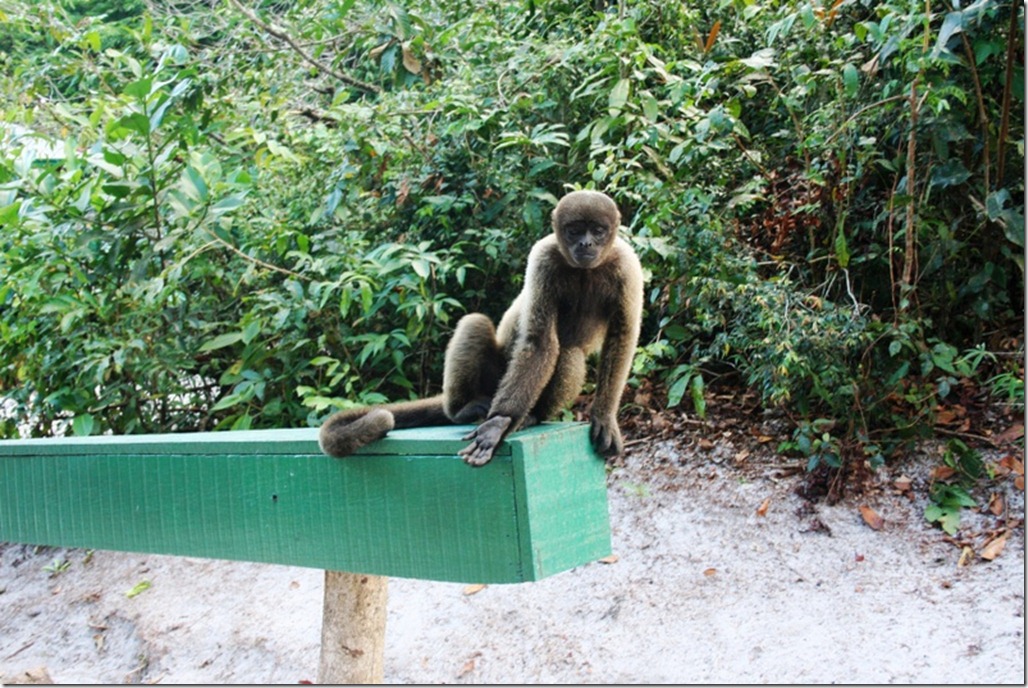
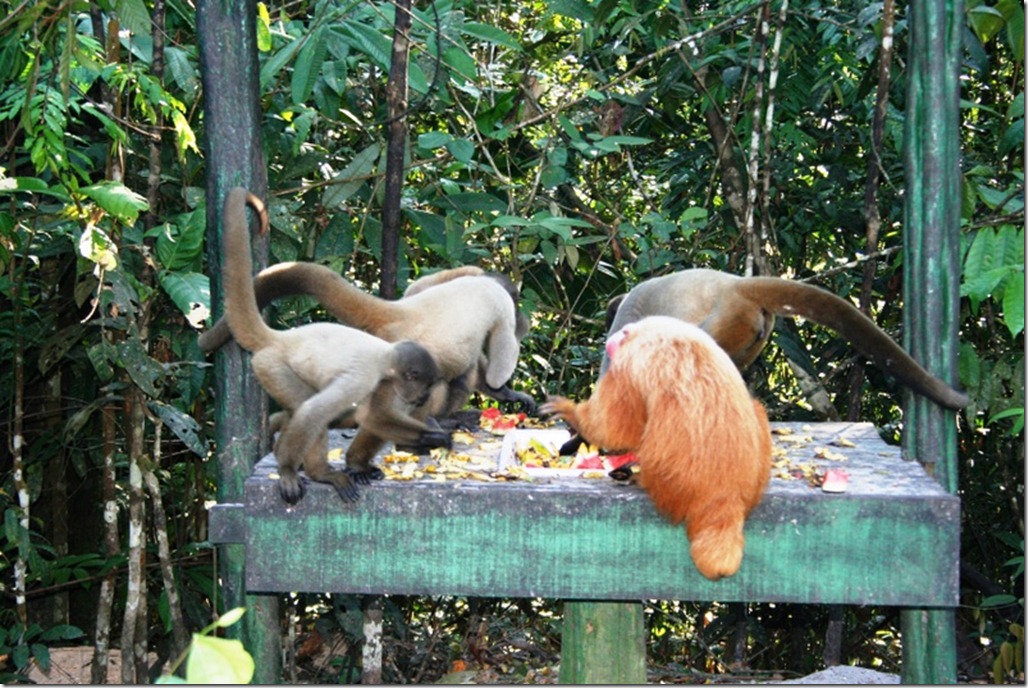
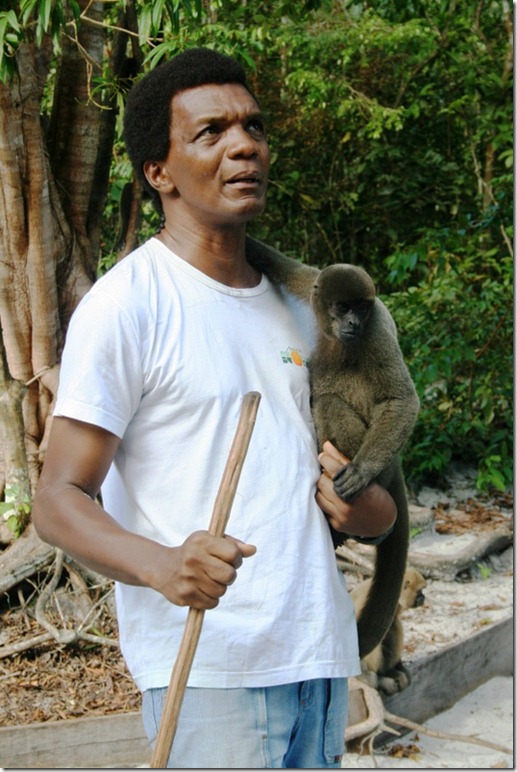
 About Alexander the Salamander
About Alexander the Salamander
